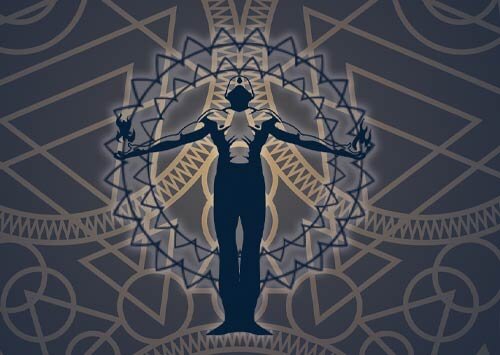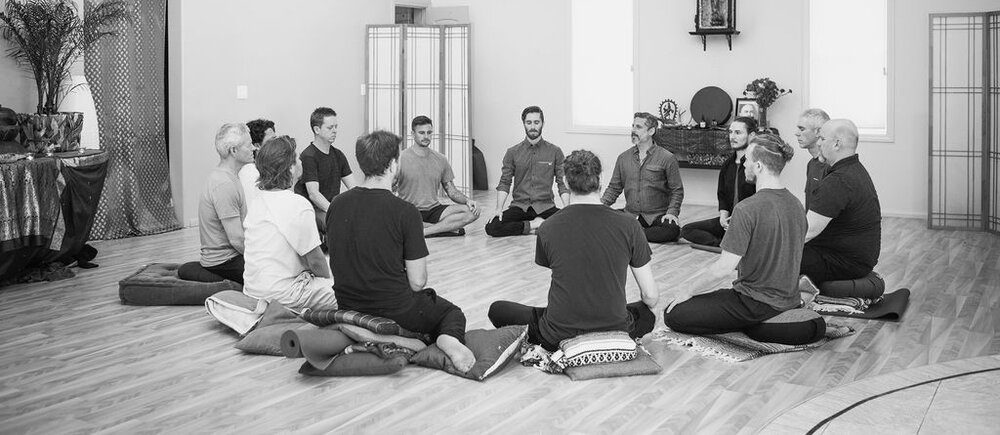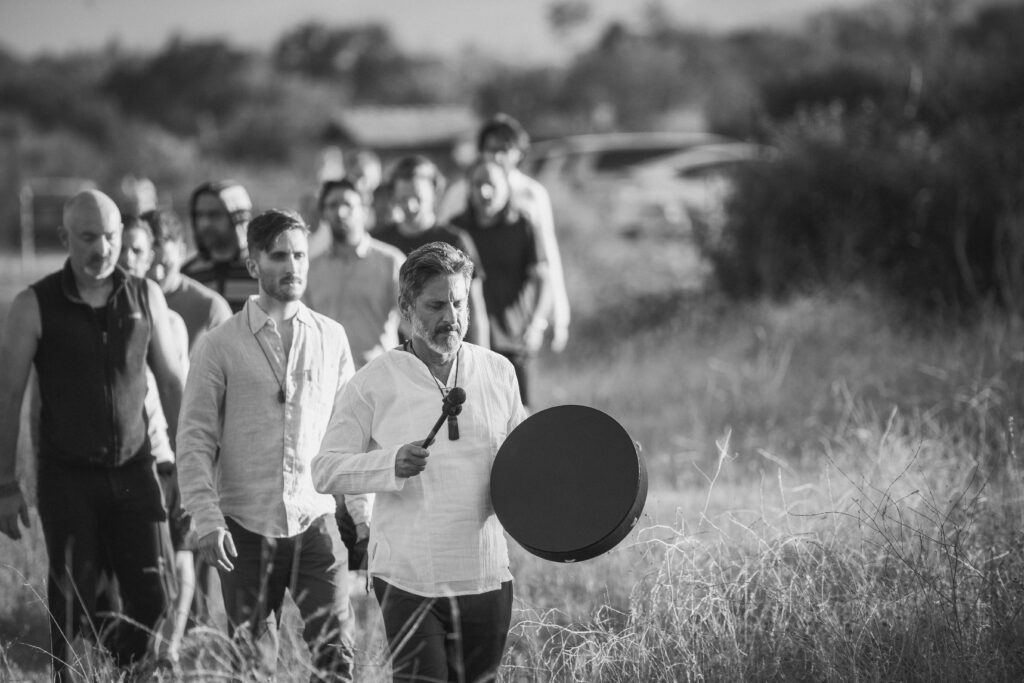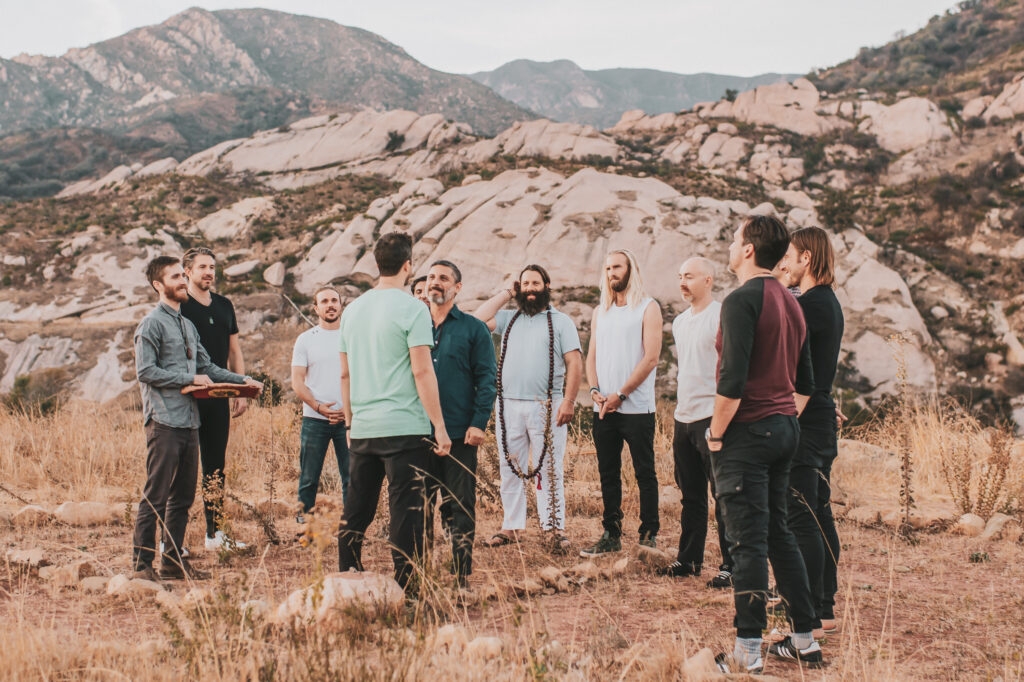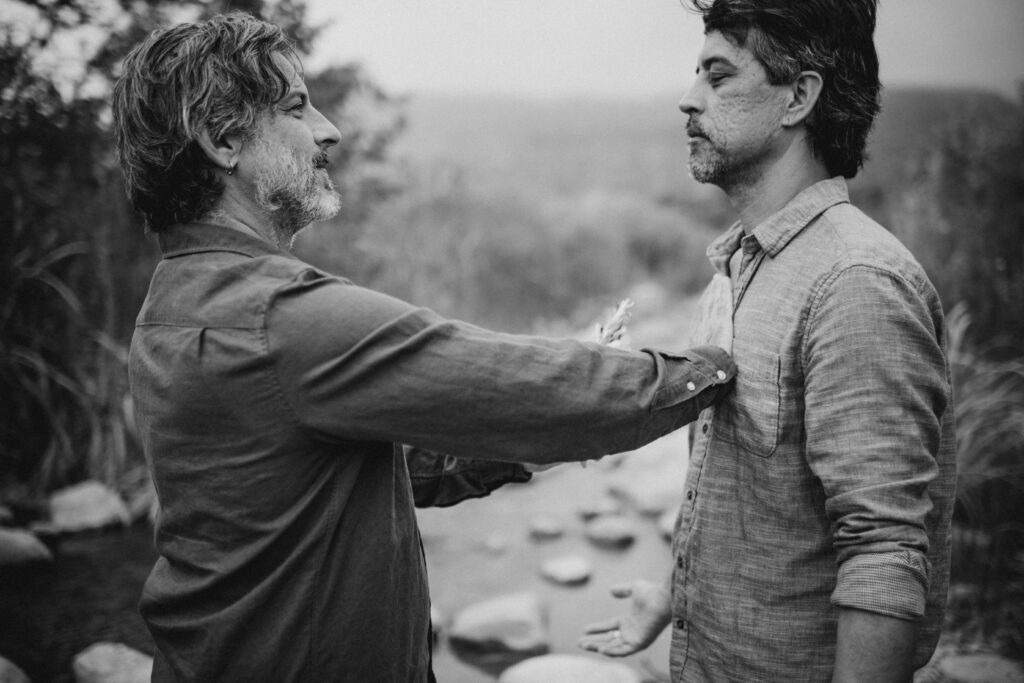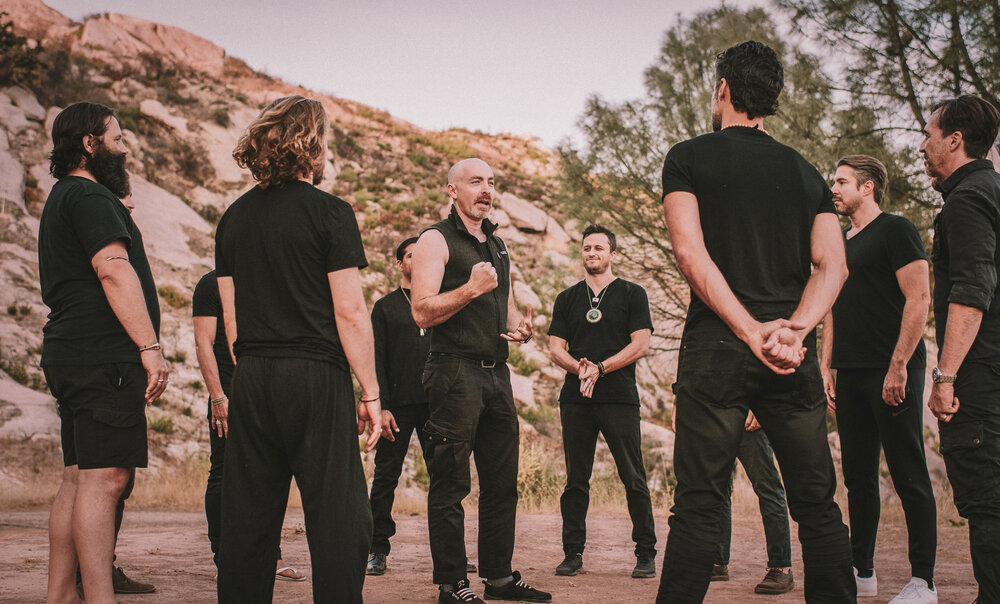I want to share a powerful yet simple meditation practice with you.
It’s a technique from the Tibetan Buddhist tradition known as the practice of Calm Abiding. This practice belongs to a group of meditation methods designed to help the meditator find stable attention and remain undisturbed by the movement of thought and external stimuli. This is probably one of the most widespread techniques in this tradition of all the various meditation practices that are used.
This meditation can benefit anyone at any stage on their journey. For those of you who are on the path of leadership and coaching, it is especially important to have a practice that helps you to stabilize and calm your mind.
One important aspect of Calm Abiding practice is to train the mind to have one-pointed attention. The practice employs the power of concentrative mind. As we strengthen the muscle of one-pointed attention, we allow the mind to calm down enough to allow a thought to move through its natural cycle of arising and dissolving.
This is a crucial practice for the path of the awakened mind warrior. It trains the mind in awareness, the effect of which is to lessen the constant agitation of mind activity. Calm Abiding meditation relieves stress and can aid in lessening our reactivity in life. The benefits of calming the mind are countless and can greatly help relieve our human suffering.
“Since everything is but an apparition, having nothing to do with good or bad, acceptance or rejection, one may well burst out in laughter.”
-Longchenpa
There is no goal in this practice. This is a practice of allowing; allowing thoughts to arise and dissolve while remaining focused on the method, which includes breath and a concentration tool.
In Calm Abiding practice, we simply focus on the breath and the method.
To a beginning meditator, this may sound boring and tedious. This may be true at first, but just like working out at the gym, we strengthen the muscle of the quiet mind. Through consistent effort, we come into a loving relationship with our practice.
When you most think you should get up from your cushion is when you should most remain seated. Don’t give up!
King concentration, mind control.
When placed, immobile mountain lord.
When sent, it meets all wholesome things.
Prompts useful bliss of body, mind.
-Jé Tsongkhapa
Preparing For Practice
It is important to sit comfortably, either on a chair or a cushion. Make sure that your knees are lower than your hips. This prevents the meditator from struggling against the pull of gravity on one’s back.
If your knees stick straight up and are higher than your hips, use a bigger cushion (keep your hips higher than your knees). If you have back issues, then, by all means, use a chair.
Sit with spine erect, head lifted with chin slightly tucked down and back.
It’s very important to be comfortable! If you are in pain or discomfort, the mind is more easily agitated. Support your practice by sitting properly and using cushions when needed.
Decide on an amount of time for your meditation: 10-20 mins will do. Use a timer on your smartphone or some timer so that you are not distracted looking at a clock to check your time.
Open Eye Meditation
Most people are accustomed to meditating with their eyes closed. This is a sensible intuition to help disengage from external stimuli, and indeed, for some meditation practices, this is preferred. Some meditation practices yield the best results with eyes closed, and others – like this one – are traditionally practiced with eyes slightly opened.
If you choose to practice with open eyes, be patient with yourself. It may take a handful of sessions to get used to it. Open eye practice is particularly powerful because you learn to still be engaged in the world with open eyes but remain undisturbed by visual stimulation.
Eyes open or closed, it’s your choice. Either way, no problem. Let go of any judgments of whether you’re doing it right or wrong. Both are completely fine.
The Practice
- Sit upright, shoulders slide down the back, chin tucked down and back, spine stacked, head lifted.
- The eyes are slightly open, looking down (without tilting the head downward) about three feet in front of you on the floor (this is why the images of the Buddha’s eyes look half-closed – they are demonstrating a practice).
- Stabilize the mind through taking 3-4 cleansing breaths. If you know any breath practices from yoga class or otherwise, you can start with those.
- Now, begin to lightly focus on the flow of breath gently moving in and out through your nostrils. You can begin by noticing how you feel different with your awareness now on your breathing. Deepen your focus on the breath moving in and out through the nostrils, in and out.
- With your attention on your breath, begin counting each exhale, counting from 1-21 and then backward from 21 down to 0. Count the exhale only, from 1-21 and back again down to zero.
-
- For example, exhaling, that is one, the next exhale is two, the next exhale is three, and so on, up to twenty-one. When the mind wanders, simply bring it back and start the count over again.
- When you get distracted and lose count, start your counting back at one.
- Don’t alter the pace of your breath. Let it flow naturally according to its own pace and depth.
- Keep your body still. If you must move to stretch or scratch an itch, do so slowly and with awareness and then still your body and mind again.
- Again, if thoughts occur and you lose focus or count, start your counting back at one.
- Return to the awareness of your breath. Bring your awareness ever more inward.
- If a body part is in pain, readjust to relieve discomfort. Please remember that enduring a numb leg is not going to serve you. If you need to allow blood to flow through your limbs, just do so slowly.
- Bring your awareness ever-deeper inward, allowing thoughts to arise and dissolve while remaining focused on the inhalation and counting the exhalation.
- Continue with this practice until your timer goes off.
- When the timer goes off, let go of the method and sit in an unstructured presence for a few moments.
Complete the practice by dedicating the merit of your practice to all beings everywhere.
You may say, “May all beings be happy and joyful.”
This is a practice, and practice requires patience and self-care. This means we agree to allow ourselves to be where we are at this stage of our development. Being gentle and judgment-free will support you to continue on your meditation journey with more ease.
* Please note: to teach this practice to another requires receiving a transmission to teach. We are offering this traditional meditation to support you on your path, but to teach this practice to others requires that you get the proper training and transmission.
** Trauma disclaimer: Any practice that drops you deeper into yourself has the potential to stimulate unresolved traumas. We usually think of this in reference to modalities like breathwork, psychotherapy, trauma-release work, and plant medicine journeys. But mindfulness-based meditation practices can illicit dormant or even known traumas to surface as well. If this occurs for you, consider working with a certified trauma therapist to support you in moving through this process effectively.
Please maintain sensitive awareness of any trauma symptoms that may arise when doing any kind of silent sitting meditation practice. Take care of yourself. Step away from the practice if needed, get a drink of water, move your body, and come back into the practice when you’re ready.
Happy meditating!
